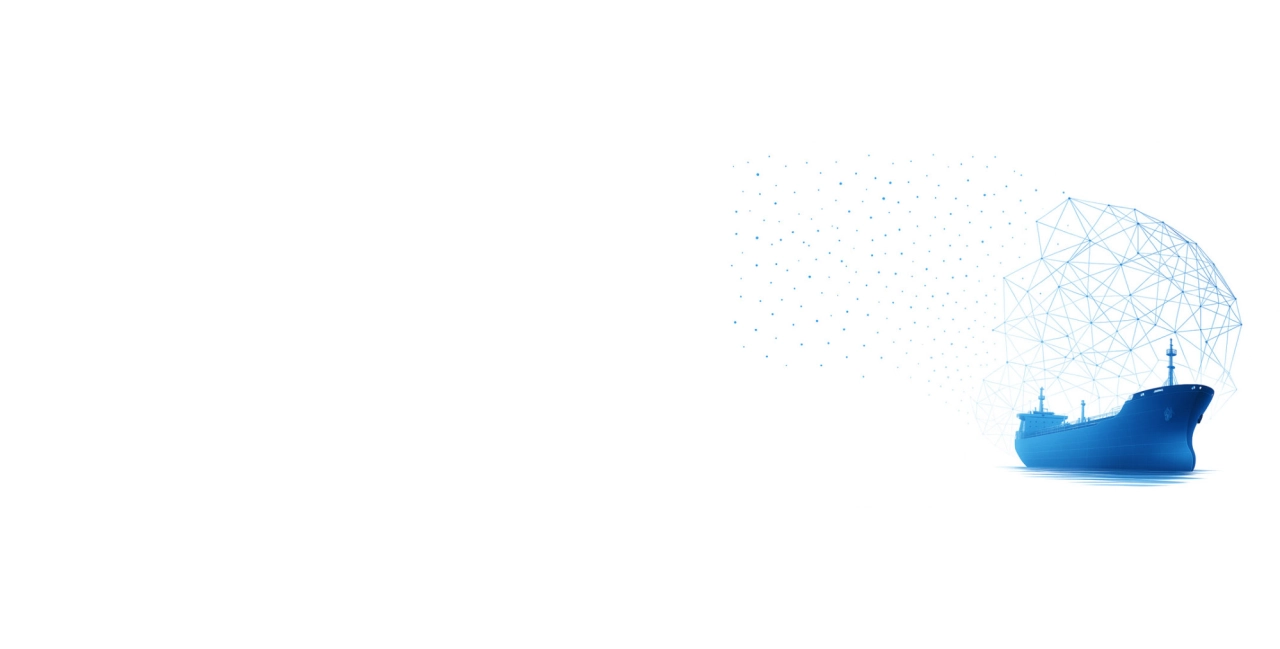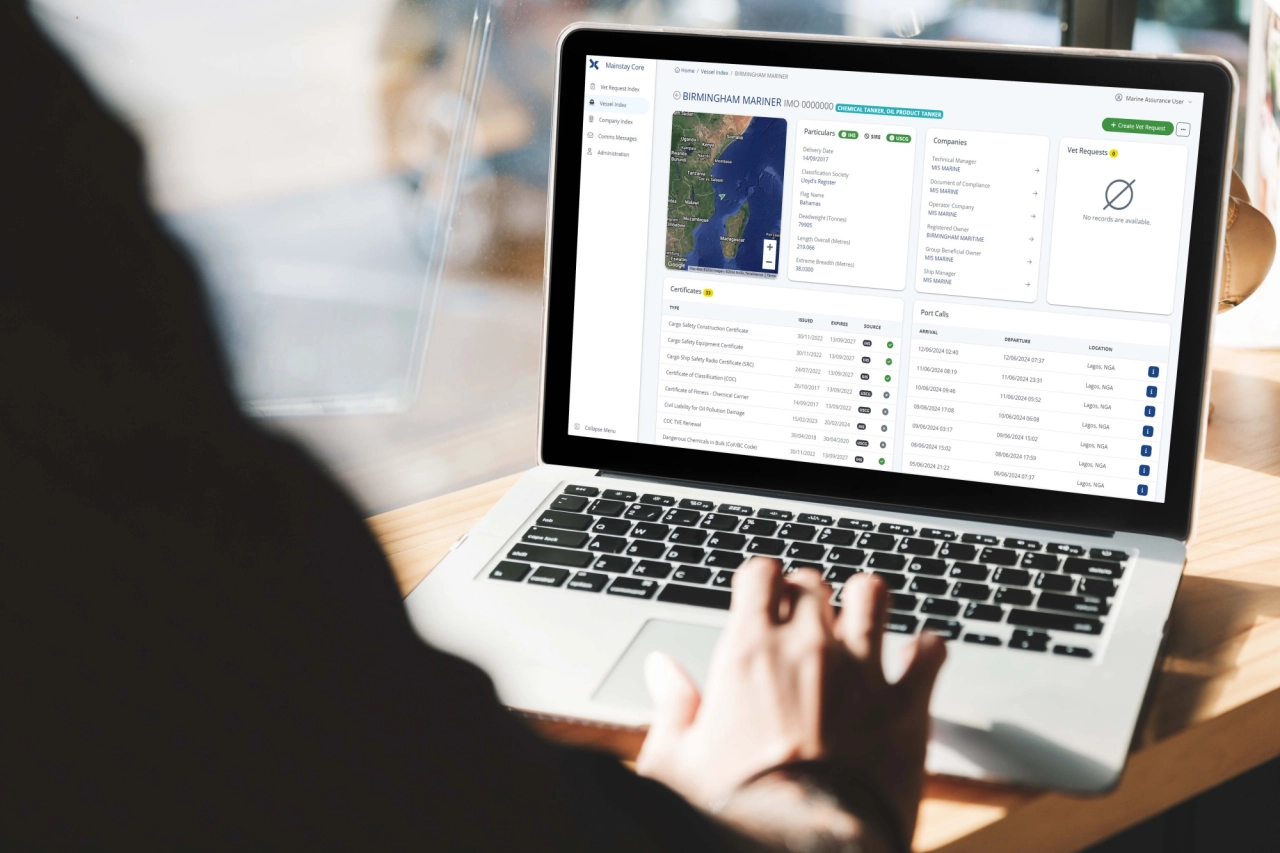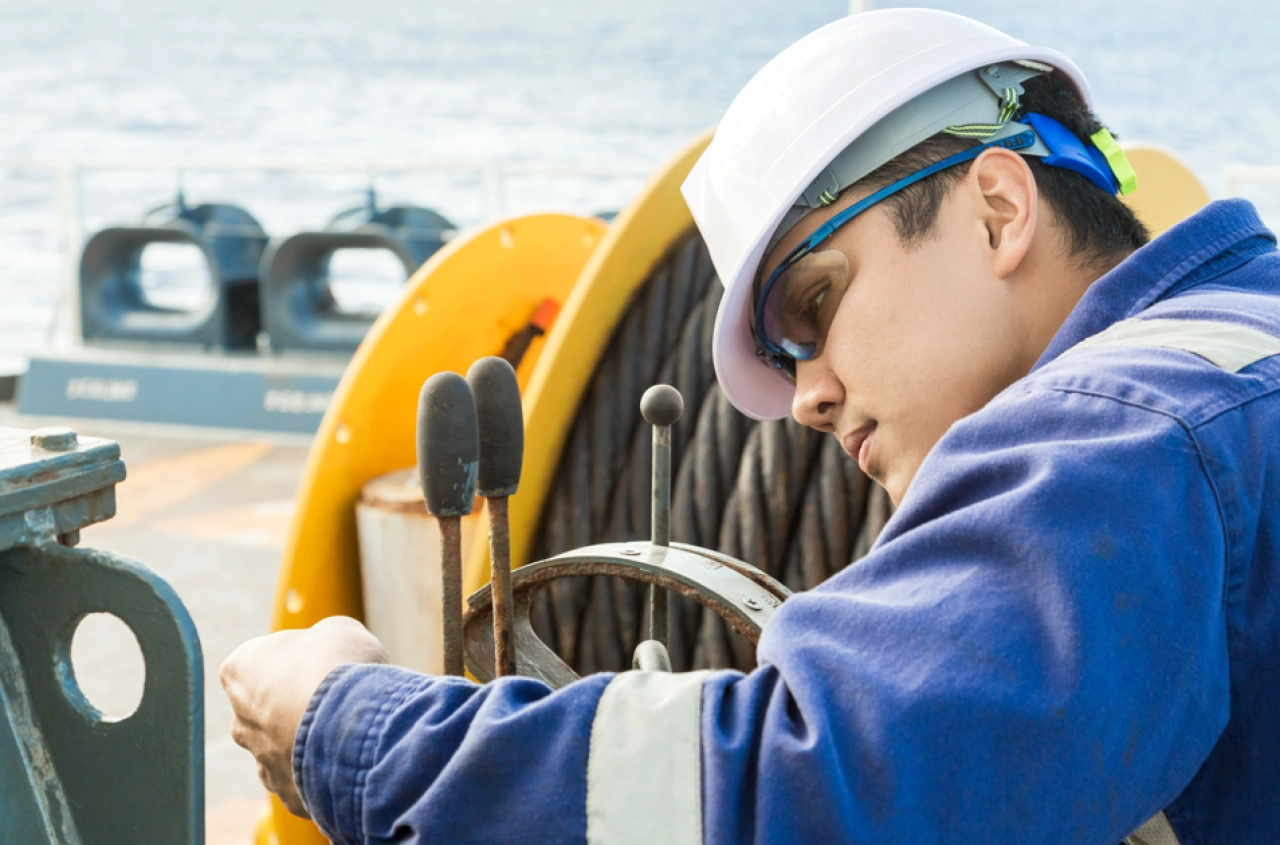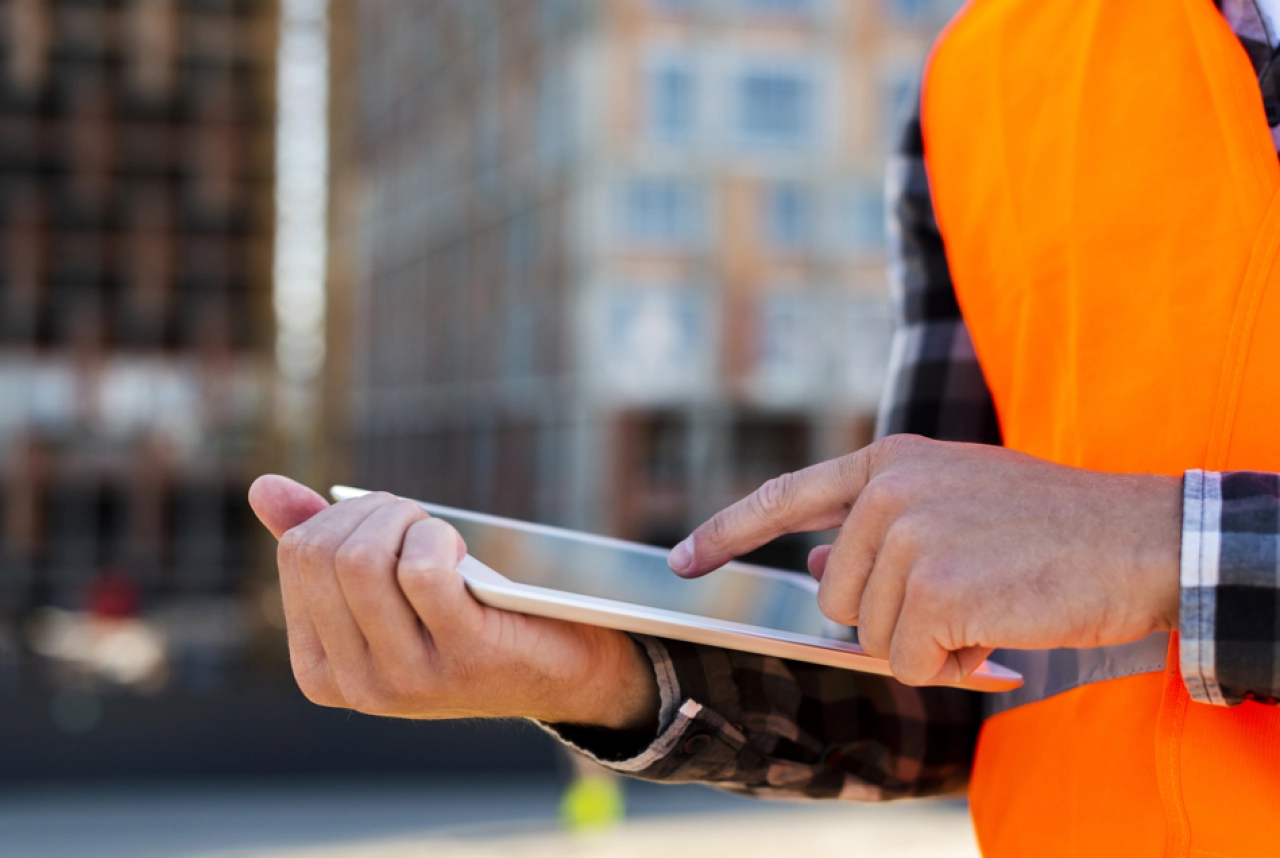
Complete Charterers Guide to SIRE 2.0
The Future of Vetting is Here
SIRE 2.0 went live on 2 September 2024, setting a new global standard for tanker inspections.
Launched by the Oil Companies International Marine Forum (OCIMF), the upgraded Ship Inspection Report Programme replaces the previous regime with a more detailed, data-rich, and human-focused inspection model, raising the bar for vetting processes across the industry.
Our Mainstay vetting platform was upgraded in advance to help customers seamlessly transition to the new system and stay fully aligned with SIRE 2.0 requirements.

What’s Changed with SIRE 2.0?
SIRE 2.0 brings four major enhancements that align with OCIMF’s focus on continuous improvement, introducing deeper insights into vessel quality and performance through tailored question types, human element focus, tablet-based inspections and photographic evidence.
Inspection Questions, Reimagined
Every inspection is now tailored to the vessel in question, with four distinct question types:
This structure creates a deeper, risk-based approach to inspections.
A Focus on the Human Element
SIRE 2.0 recognises that people are central to vessel performance.
Inspections now assess not just the outcome of a task, but how achievable it is under real onboard conditions. Inspectors observe operations as they’re performed and speak directly with crew, highlighting not just issues, but also when a member of the crew exceeds expectations.
OCIMF’s guidance for SIRE 2.0 report recipients offers clear direction on how to understand and act on human factor data.

Digital, Tablet-Based Inspections
SIRE 2.0 is fully digital, enabling:
Granular inspections – Richer data and deeper insights. The granular data will allow for deep analysis and aid in identifying the root causes of incidents and potential safety hazards, helping organisations transition from reactive to proactive risk management.
Enhanced data types – Including vessel photography. This visual documentation provides valuable insights that were previously unattainable with paper-based methods.
Valuable insights – By utilising richer insights from a broader data set, organisations can make smarter decisions and lift safety standards across the board.
Accuracy and efficiency – Inspectors input data directly into the inspection editor, ensuring real-time accuracy. Automatic syncing keeps records up to date, saving time and reducing errors for both inspectors and vessel operators.

Photographic Evidence
Photos now play a vital role in every inspection.
High-quality vessel photography supports written findings with clear visual proof - helping verify conditions, track improvements, and provide transparency.
The inclusion of advanced vessel photography standards within SIRE 2.0 reflects a commitment to leveraging technology for better safety management in the maritime industry.

What This Means for Inspection Reports
Reports now deliver significantly more insight—at significantly more length.
Gone are the binary answers and brief summaries. SIRE 2.0 reports exceed 70 pages, offering:
Granular responses across all inspection areas
Visual evidence alongside observations
More context to support better decision-making
Mainstay makes reviewing this volume of information easier and more efficient with intuitive dashboards and workflows designed around the new report format.

Supporting You Through SIRE 2.0
We've created practical resources to help you adapt to the new inspection regime with confidence.